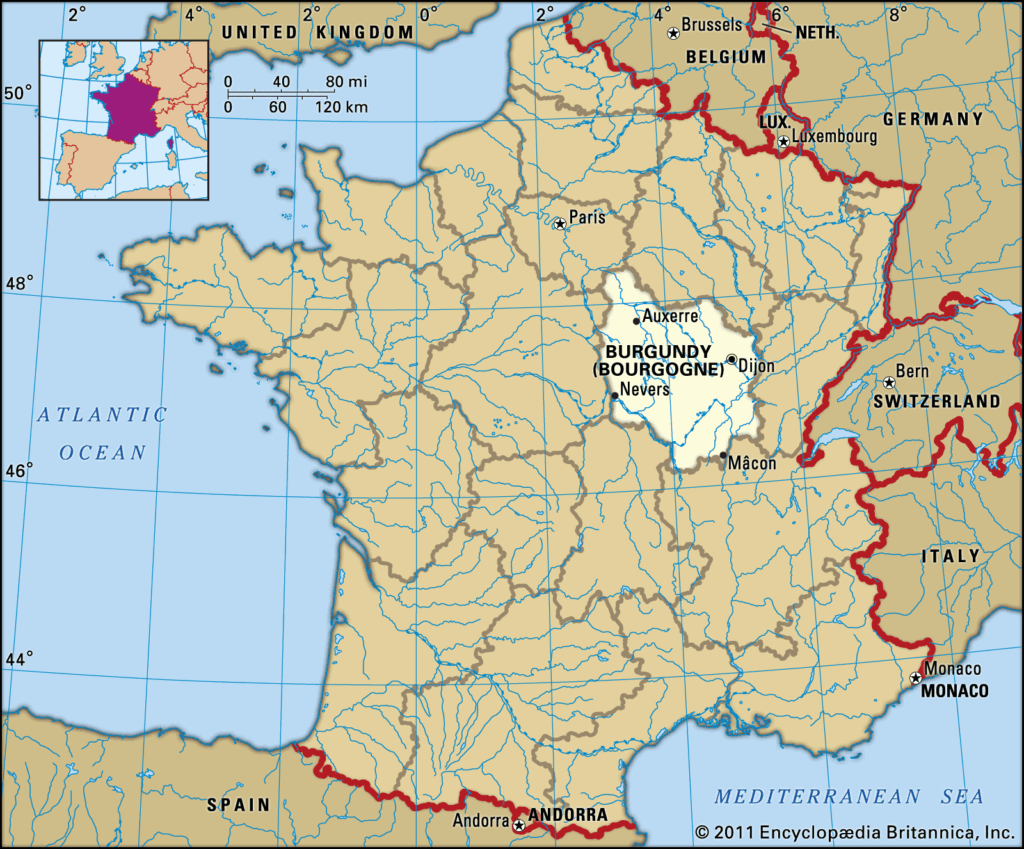
What comes to mind when you think of France? Wine is probably near the top of the list, or it should be. During our first season in France, in 2022, we traveled through multiple regions and enjoyed how the wine varieties changed. We were never very close to vineyards, however, and bought our wine at grocery stores or local wine shops. During our second season, we spent the entire six month in Burgundy. It was an immersive course in some of the best wines we have ever tasted. We are not experts, by any means, but we have gained immense appreciation for the delectable elixirs that Burgundy produces and the subtleties that each plot of land brings to the wines.
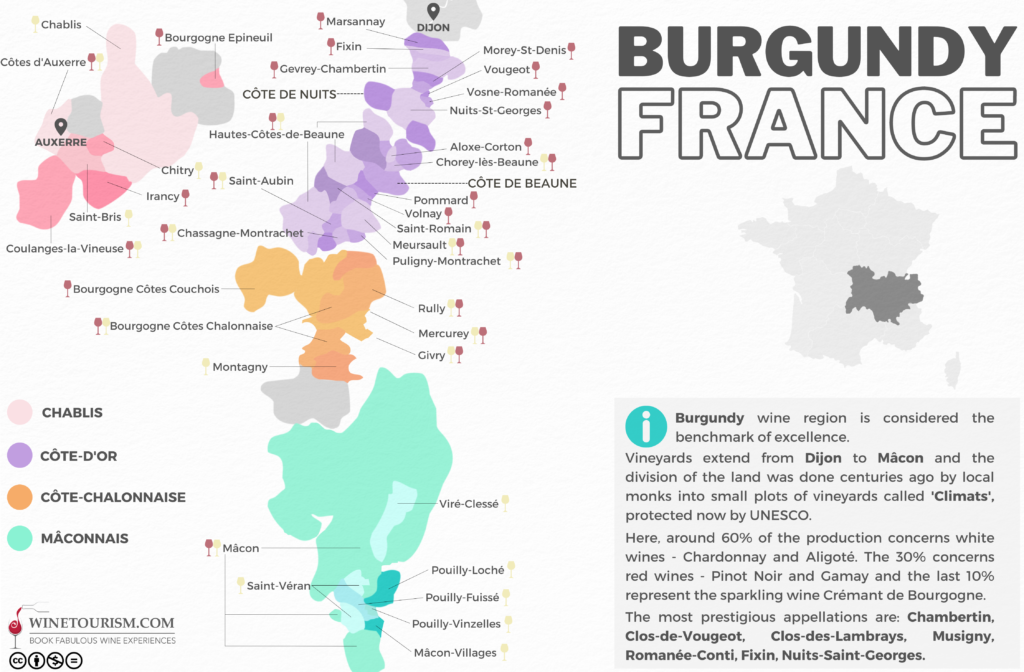
We started our journey in late May in the beautiful city of Mâcon situated on the southeast edge of Burgundy on the Saône River. Our nephew, Andreas, joined us as our first weeklong guest to be the guinea pig for our remodeled guest space, aka, “pullout sofa”. We stocked up at the sprawling Saturday outdoor market, and ventured out the following day. We motored north, stopping only once, before we reached the entrance to the Canal du Centre. The first stretch of the canal is over thirty feet above the Saône River, and is guarded by an enormous lock. Unlike the stepladder locks we had experienced the previous year that raise you up incrementally, this lock was a single chamber that lifted us the entire height. The lock is too high for ropes to reach the top, so it has floating bollards to which we secured Ziggy B. The bollards move up and down with the water, keeping boats in place during the process. With surprising gentleness, we were hoisted to the top of the lock, and the canal lay before us, welcoming us to wine country.


We meandered west through valleys surrounded by rolling hills and picturesque villages. We could see grape vines and châteaux in the distance as we approached the town of Santenay. Friends had told us that this was a “must-see” town so we planned to stay for a few days. There is no marina or town dock, so we pulled over next to a grassy bank and hammered our mooring stakes on shore. One of the joys of canal traveling is that we can moor almost anywhere that is not private property, and the canal banks offer accessibility. Because there are no services, and you must stake your boat in place with your own gear, this is called wild mooring.
Minutes after securing the boat to the bank, we had our three bicycles ready and headed into town. We learned two things on our visit to town. First, wine shops here are different than in other places. They are called “domaines” and usually only offer the wines from a specific winemaker, not a wide selection from all over the region or the country. The small town center of Santenay had several domaines selling wine grown and made in the immediate vicinity. The second thing we learned is that most wine tastings are free at these shops. They only expect that if you like their wine, you will buy at least one bottle. No problem! The tastings took out the guesswork of buying wines, and we rode our bikes back to the boat laden with bottles.
Venturing beyond town, we made reservations at two châteaux for tours and wine tastings. These are not free, but you get a tour of a stunning property and the surrounding vineyards before being ushered into an underground tasting room that is right out of a movie. Once again, we rode back to Ziggy B with as many bottles as we could carry in our bicycle saddle bags.


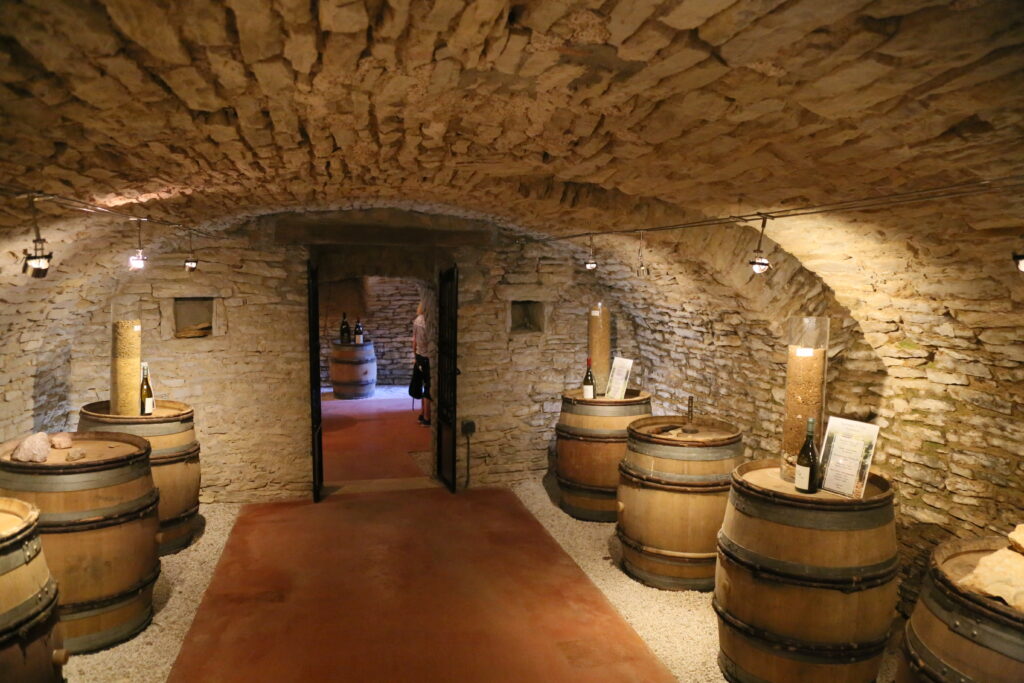
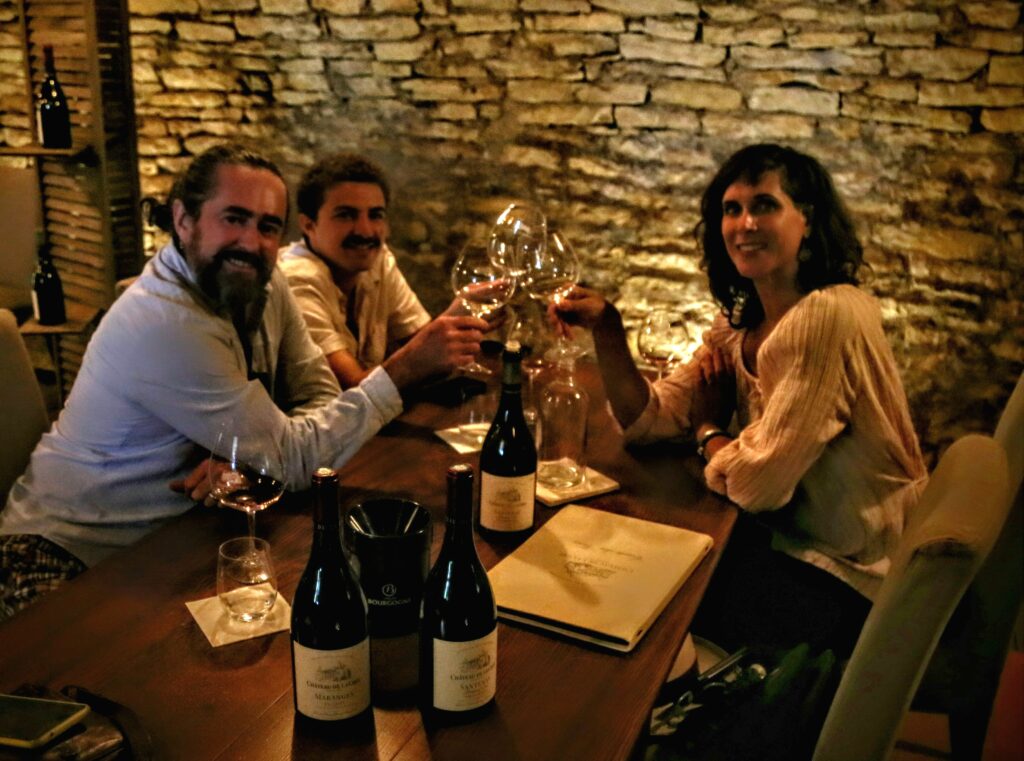
After a couple of days in Santenay, we days goodbye to our nephew, and moved further west. We were now outside of the main wine growing region of Burgundy, but the countryside scenery made up for it. We were eager to get to Decize, the city where the Canal du Nivernais begins, but did not want to rush through any of the towns along the way. We travel SLOOOOWLY. Our canal boat friends jokingly say they could walk faster than we travel. It is true. We have literally been passed up by older couples taking their evening strolls along the paths on the sides of the canals. Nonetheless, we are not here to put miles under our hull. We’re here to soak up France in all its delicious beauty.
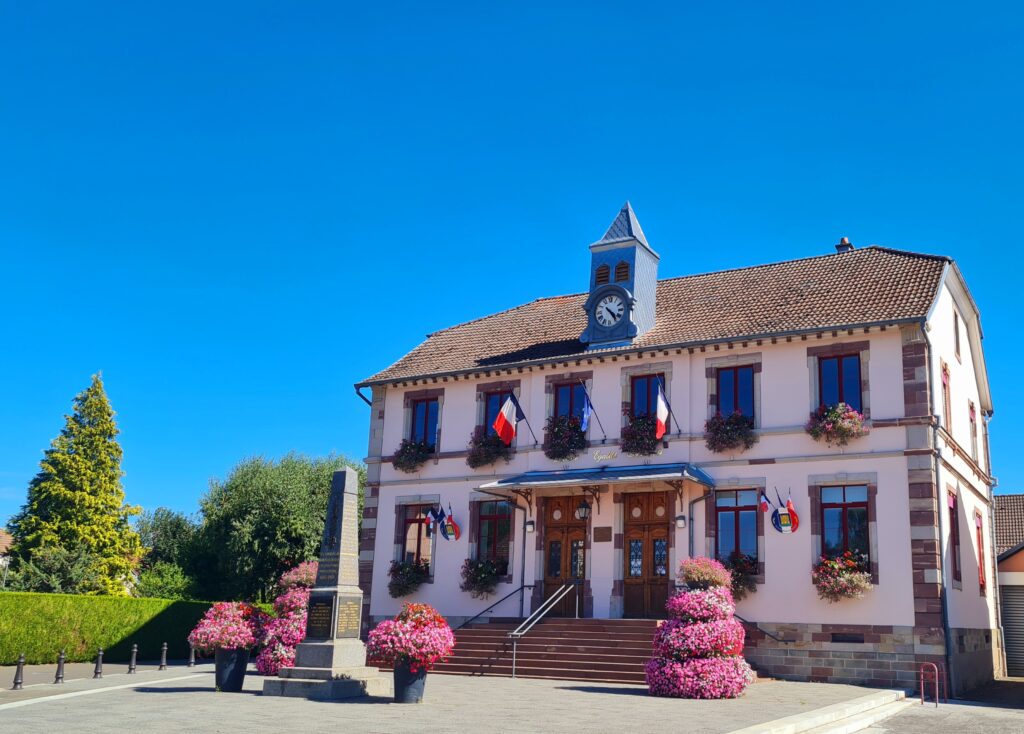

(if you look at the bottom you can see one of our wild mooring stakes)

Restocked, refueled, and rested in Decize, we eagerly entered the fabled Canal du Nivernais. This is, arguably, the most beautiful canal in France. We were giddy with excitement. We cruised though vast countryside and played our game where we moo at cattle to see how many heads turn our way. We played the game a lot. Wine country had shifted to cattle country.
At the summit of the Nivernais is the town of Baye. To go north beyond Baye, we had to make an appointment with the Voies Navigables de France (VNF), the government agency that controls the canals. Laying before us were three tunnels and miles of narrow canals that can only support one-way traffic. The VNF controls access to this portion of the canal and alternates the direction of travel to ensure safe passage. Our scheduled departure time was 9am.

We were not prepared for the staggering natural beauty that awaited us. I may have inadvertently bumped Ziggy B on the banks of the narrow canals because I was so distracted by the cascading greenery all around us. The first tunnel was almost one kilometer of complete darkness with a dot of light at the end to guide our way. When we emerged, fifty-foot walls of forest decorated our path on both sides. The scent of earth and vegetation permeated the air. The verdant landscape was so absurdly lush that it reminded us of tropical jungles.
We desperately wanted to stop for the night in the midst of such beauty, but the charts stated that was prohibited in this zone. When we told the next lockkeeper where we wanted to moor for the evening, after the no-stopping zone, he suggested we stop sooner at a small bank between two locks where a retired lockkeeper runs a tiny café and plays 70s music. Although the chart said stopping was not allowed, who are we to argue with a VNF official telling us to stop at a gorgeous spot? We loved it so much, we stayed for two nights.
The old lockkeepers’ café is an eclectic, kitschy shrine to peace and love with a genuine hippie vibe. It is called the Bar Expo Canal Love. The menu is limited to wine and simple crepes. There is also a room where local art, honey, and other homemade souvenirs are for sale. Time seemed to slow down at this place that does not even have access by car. It is a true gem of canal life and we are so grateful to the friendly lockkeeper who suggested we stop there.

For our next stop, we were leaving the countryside for “city life”. Clamecy is a small city, but has all the amenities we needed after a spell in the country. Big groceries, hardware stores, and restaurants awaited us. Perhaps more importantly, a wine shop with an excellent selection of regional wines. This was not a winemaker´s domaine, but many of the local winemakers were represented in the offerings. The proprietor kindly offered to deliver our cases of wine right to the boat, saving us several trips on foot, rolling a cart through cobblestoned streets.
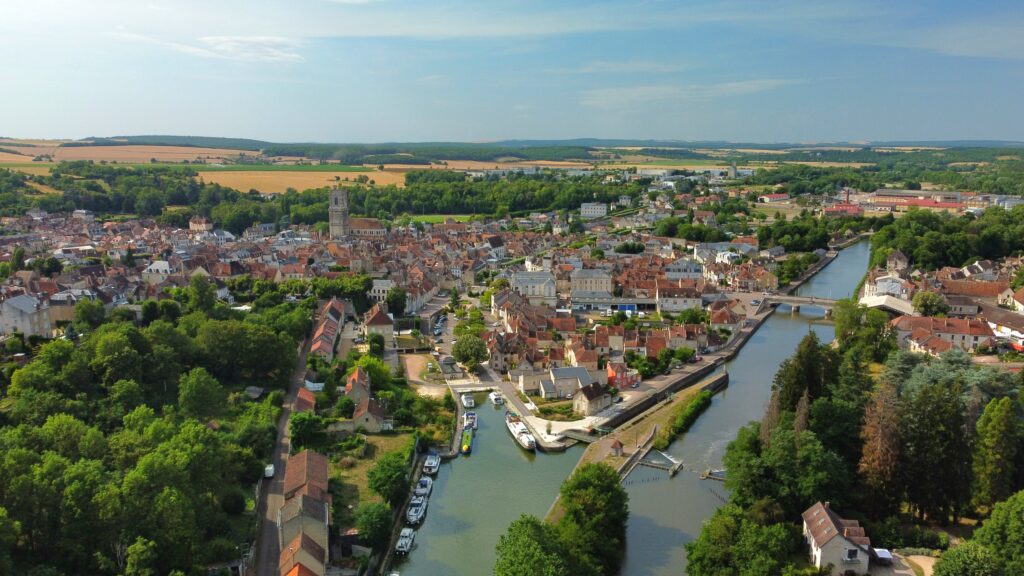
(Can you spot Ziggy B?)

(This man was doing an exposition near the marina in Clamecy)
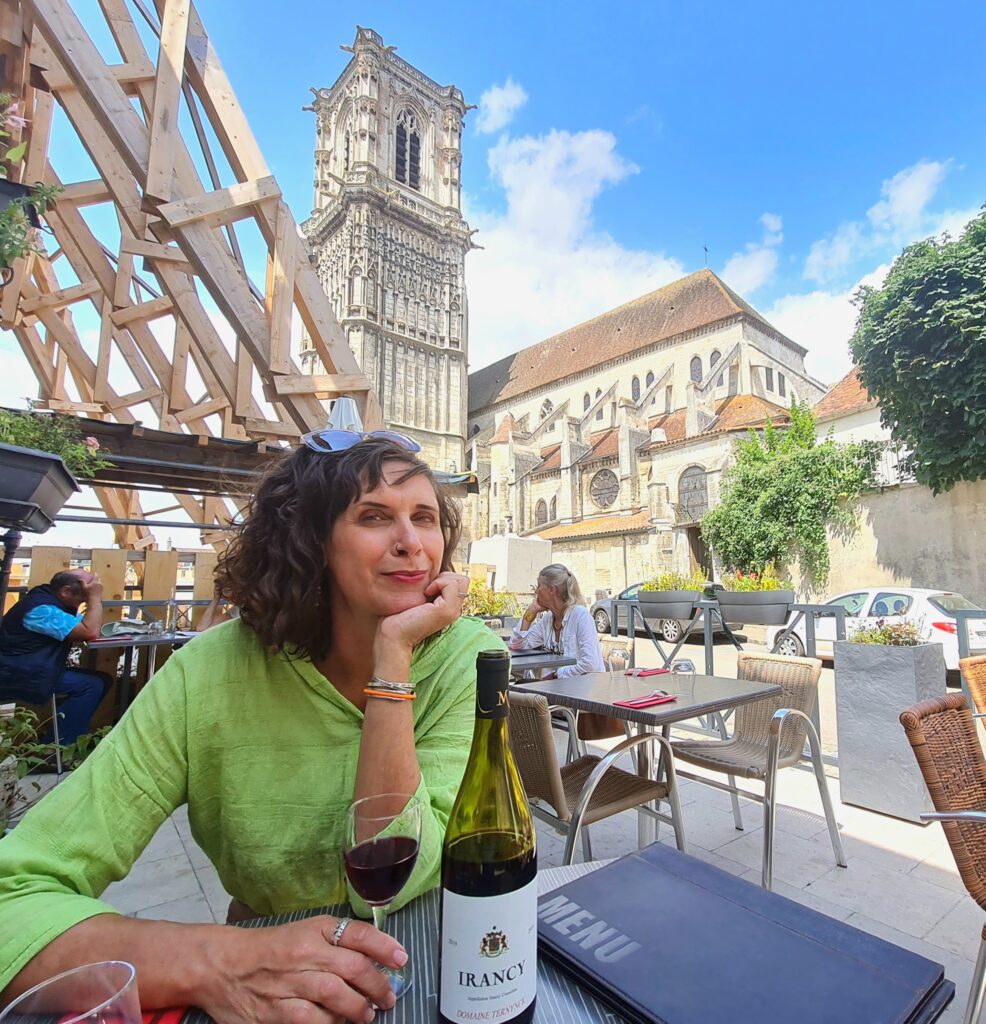
The timing of our arrival in Clamecy was fortuitous. The night after we docked, the city was holding its biggest festival of the year, the fête de l’Andouillette. Live bands played in the public squares, food vendors lined the streets, and boat jousting was the main sporting event. You read that correctly. Local jousting clubs will select a jouster that is outfitted with a padded vest and a long lance. The rest of the team members row the boat towards the opposing team, and the jousters try to knock each other off the boats. With local beers in our hands, we awaited with anticipation as the teams lined up and the ceremonial drum started beating an increasing tempo. As the small boats neared, the jousters lunged at their target while trying to keep their balance on a moving platform. The first pass ended with both jousters still standing. Back to the starting lines for another run. This time, as the crescendo of the drum neared, the jousters lunged again, landing direct hits on their opponents’ padded chests. They both struggled to maintain balance, but ultimately, one fell in the river to the cheers and applause of the crowd. In a sign of solidarity, the winning jouster jumped in to swim ashore with his vanquished “enemy.”

As mentioned above, andouillette is the local delicacy and reason for the festivities. Having lived in New Orleans most of our lives, we were no strangers to food festivals that might not be for the squeamish. Andouillette, however, proved to be an acquired taste that eluded both of us. The name sounds a lot like andouille, a delicious smoked pork sausage used in making gumbo. The similarities end at the shape of the sausages and the animal they come from. Andouillette is made entirely from pork tripe, cooked and stuffed in pork intestines. Kimberly could not get past the smell, I tried some in a creamy mushroom pasta hoping it would mask the taste. It did not. After getting through a third of my hot bowl of tripe, I accepted my defeat at the hands of this humble sausage. Like the jouster in the river earlier, the only thing left to do was drink a beer to ease the sting of defeat, or to wash down the taste in my case. Despite the less-than-appetizing star of the festival, we had a fabulous time dancing and chatting with friends.
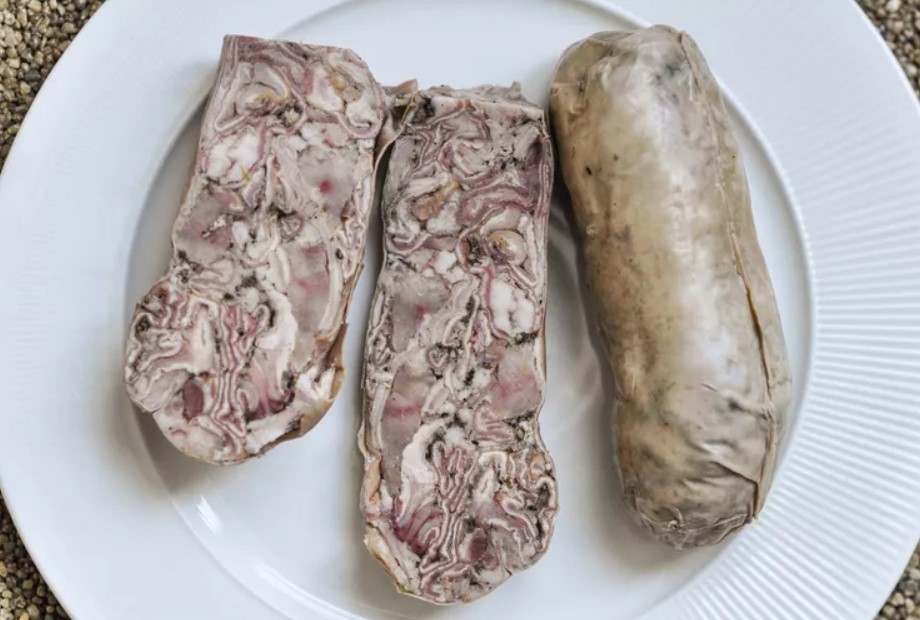
(Photo Credit: Jacques-Louis Delpal in Food & Wine Magazine)
For the next few weeks, after leaving Clamecy, we cruised exceptionally slow, even by our standards. We meandered north on the Canal du Nivernais alternating between wild moorings in beautiful countryside and docking in small, picturesque medieval towns. Swans were often our companions. We found swimming holes on the Yonne River to cool off on hot days, and strolled through villages right out of a fairy tale. In every town, we made a pilgrimage to the boulangerie to satisfy our addiction to fresh baguettes. Our only stress was that our wine supply was running low and we were not yet back in wine country.

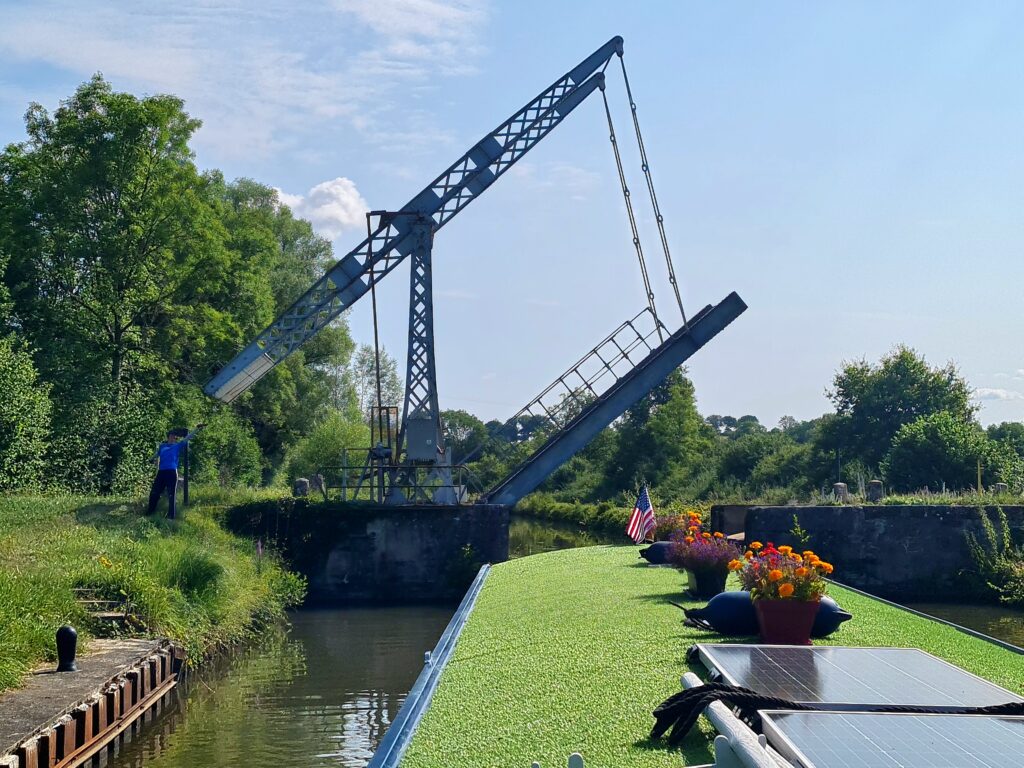

Most towns have one, and they are usually beautifully renovated.

Looking for nearby wineries on the map, we spotted one just a few kilometers away and in walking distance from the canal. Coincidentally, the winemaker and I share first names. We took this as a sign, and headed off to the town of Cravant. The Jean-Michel Daulne winery exceeded our expectations. Jean-Michel is a jolly, boisterous, welcoming man. He does everything – grows the grapes, harvests them, makes the wine, runs the shop, answers the phone, and guides the tastings. He proudly showed us around his large warehouse where all the wine was being aged. Now the moment of truth: how good were his wines? We were blown away. Every, single wine, both whites and reds, were exceptional, and the prices remarkable for the quality. We bought several cases that he cheerfully delivered to Ziggy B along with three extra bottles as a gift. The entire time he kept telling us stories and jokes in French that we barely understood, but it didn’t matter. We laughed, drank, and felt like we found a new friend.
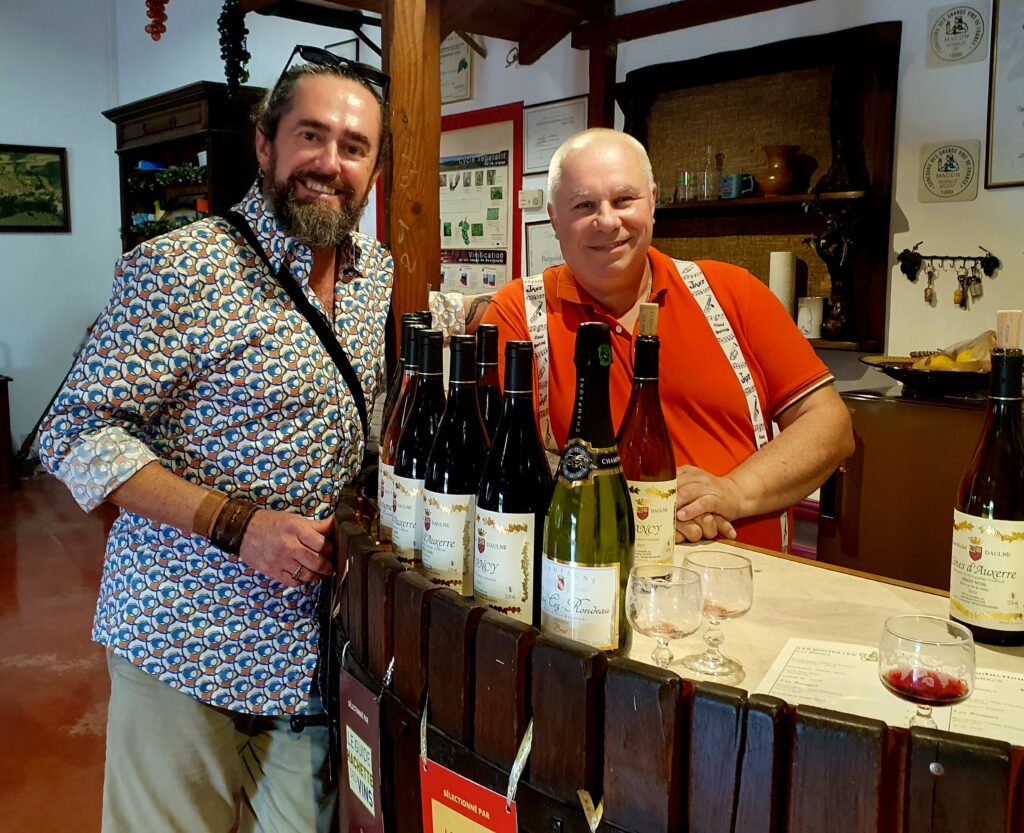
Thrilled with our purchase, we went for a hike through Cravant. As we read a historical marker in the town center, we realized we were there on the exact day of the 600th anniversary of the Battle of Cravant, a pivotal battle in the Hundred Years War between France (with Scottish allies) and England (supporting the Burgundians). Just another example of how we continue to be overwhelmed by the history around us in this country. Discoveries like this make our walks fascinating as we seldom know what we might find.
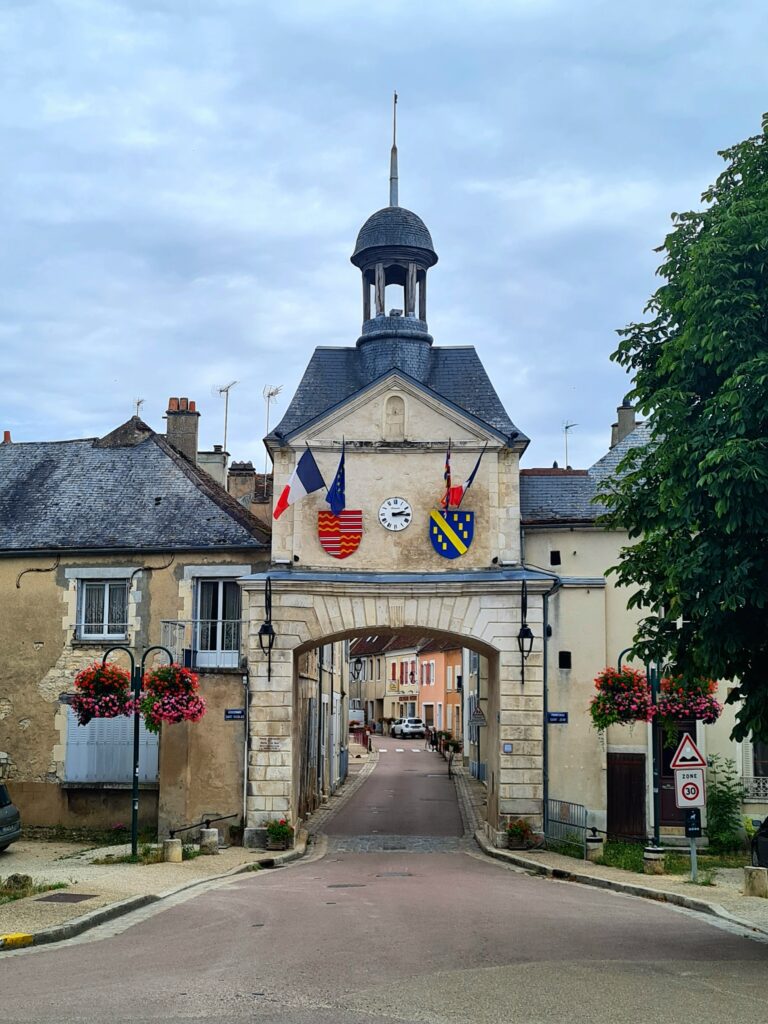
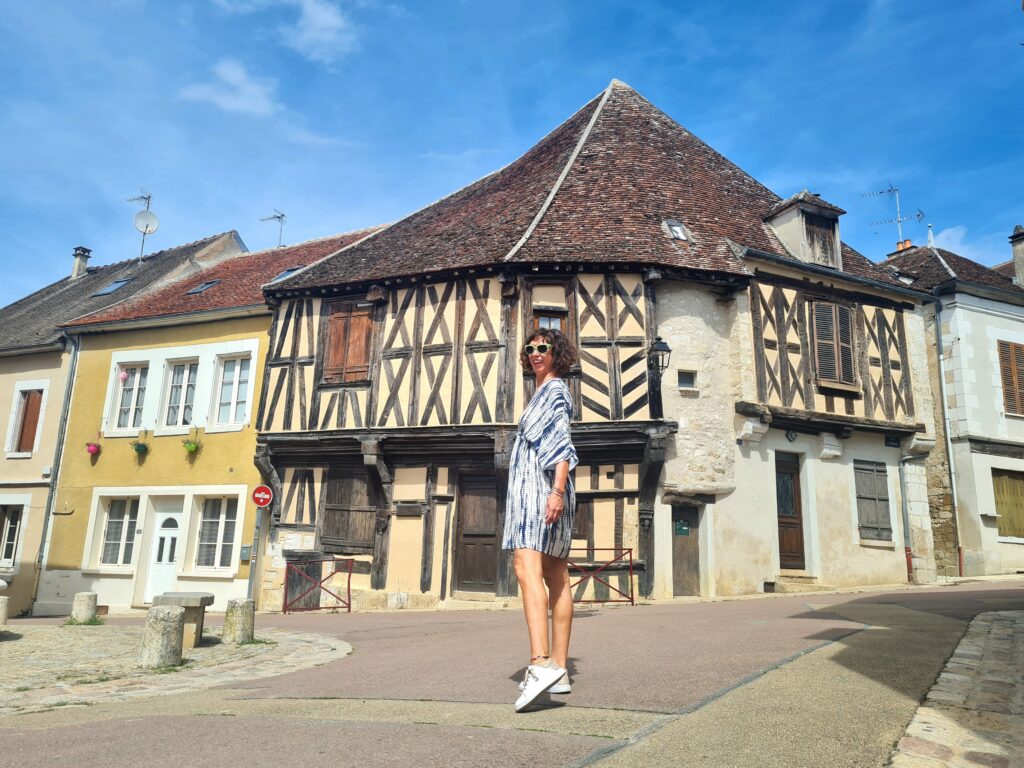
This house dates back to the 1300s

From this point on, for the rest of the season, we would be near wine country. The landscape changed from plains and rolling hills with cattle pastures to mountains covered in grapevines and, occasionally, steep cliffs right next to the canal. We would forego the “mooing” game in exchange for frequent wine tastings. Not a bad trade.
Just a few days north on the canal, and we arrived at a long, concrete, tree-lined quay on the banks of the Yonne River. The place seemed deserted and offered no services except bollards to tie up boats. While there was not much nearby, something magical awaited us at the top of a hill just a ten-minute walk away, the Caves Bailly Lapierre. “Cave” in French means cellar, so it is a false cognate, but in this case, the wine cellar is in an actual cave. As we walked through the massive entrance into the cave, all we could see was darkness, and the temperature dropped to 12°C (54°F). We continued walking a few hundred feet, and the passage opened into a lighted grotto carved out of the stone. This was our destination – an expansive tasting room full of sparkling wines. We signed up for a tour of the cave and learned that it was originally carved as a limestone quarry in the Middle Ages, in the 20th century used as a mushroom farm, and in 1972 converted to a sparkling wine cooperative for regional winemakers. Over 6.5 million bottles are stored in the cave. The steady year-round temperature and humidity make it the perfect location to make, age, and store wine without needing refrigeration. We tasted six varieties of sparkling wine, called Crémant de Bourgogne. Like its more celebrated cousin, Champagne, Crémant de Bourgogne is a protected name that can only be applied to the sparkling wines of this region. The quality of the wines is exceptional, and we each quickly found our favorites. With our spirits buoyed by the bubbles, we bought as much as we could carry down the hill, but swore we would return to buy more.
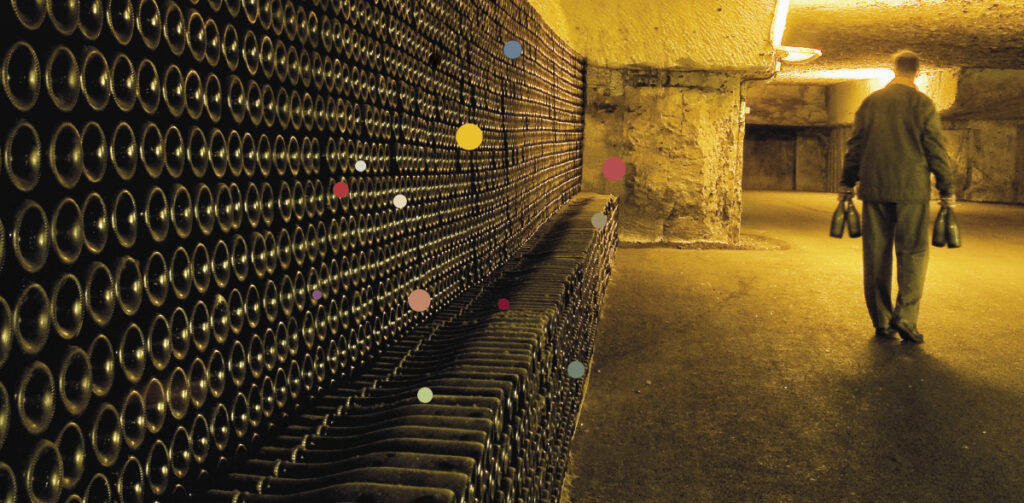
(Photo credit: Bailly-Lapierre)

(Photo credit: Bailly-Lapierre)

(Photo credit: Bailly-Lapierre)
Our friends on the boat Ville de Paris, who have been cruising the French canals for over ten years, were catching up with us, and we eagerly awaited a reunion. They asked us if we would like to join them in the locks for their approach to the city of Auxerre, the northern end of the Canal du Nivernais. They would be commemorating their 4,000th lock and wanted us to celebrate with them. A party was in order! As we pulled into the final lock at the edge of Auxerre, we followed them in and the lockkeeper told us the lock would be closed for about an hour to celebrate. Our friends were accompanied aboard Ville de Paris by a friend from the US, and met by local media, the regional manager for the VNF, the president of the Friends of the Nivernais, and photographers. They popped a magnum of Crémant and hosted everyone on their boat. We felt like rock stars. Ok, THEY were like rockstars, we were groupies and loved every second of it. The entire celebration took place with the imposing and gorgeous Cathedral Saint-Étienne d’Auxerre in the background. This is, perhaps, the most stunning view we have seen upon entering a city in France, and we did it in the company of good friends on a momentous occasion.
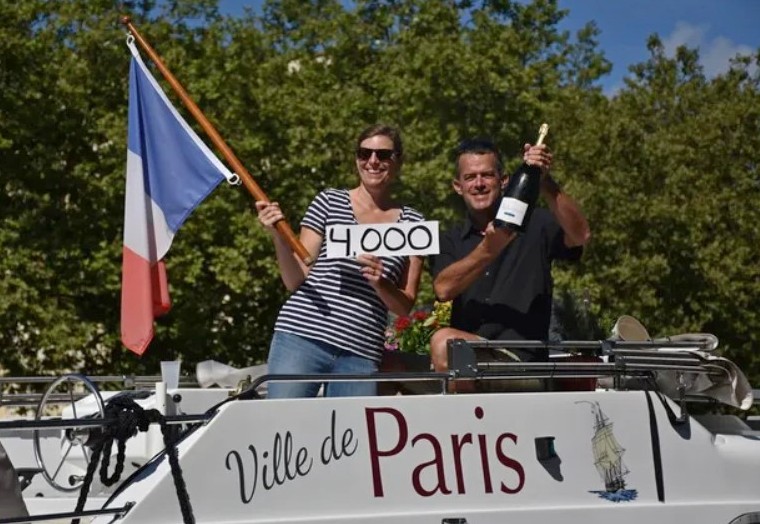
(Photo credit: Antoine Compigne published in the L’Yonne Républicaine)
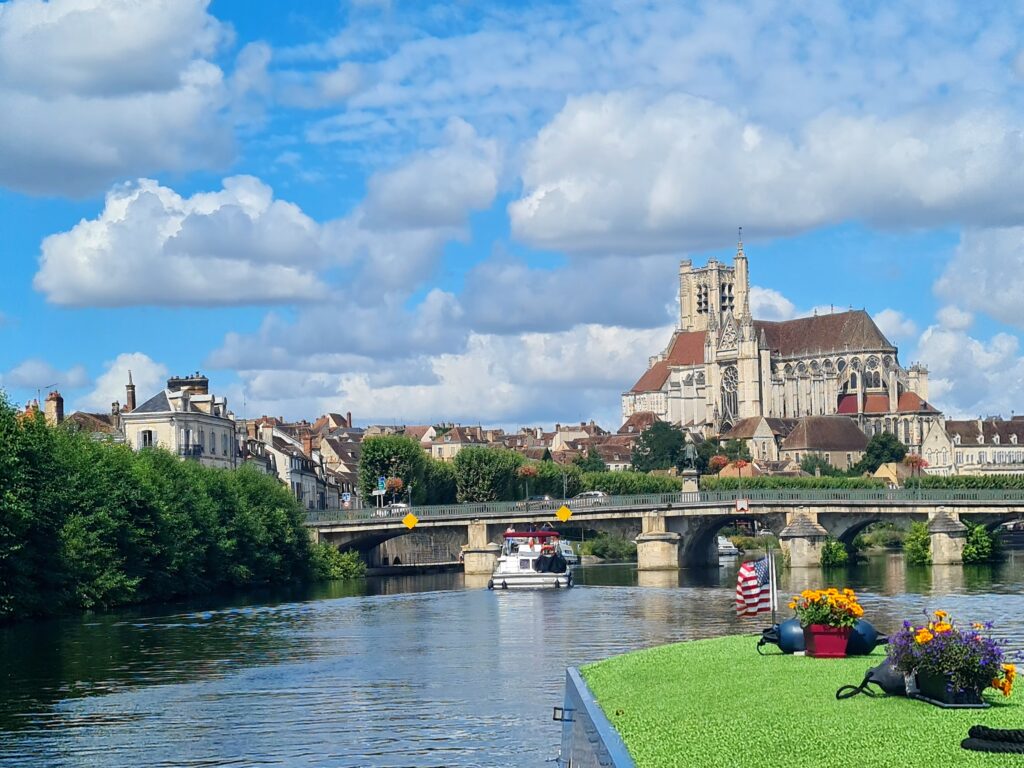
Auxerre became our home for the next three weeks. We couldn’t get enough of this magnificent city that was a flourishing Gallo-Roman center, then called Autissiodorum, since the first century AD. Did I mention we are continually overwhelmed by the history around us? Our stay was made even more remarkable because we found a free spot to dock right by the old town center. We had our very own accommodations among the most prized real estate in town. It was also easy to take a two-hour train trip to Paris because, when you are this close, it would be criminal not to go.
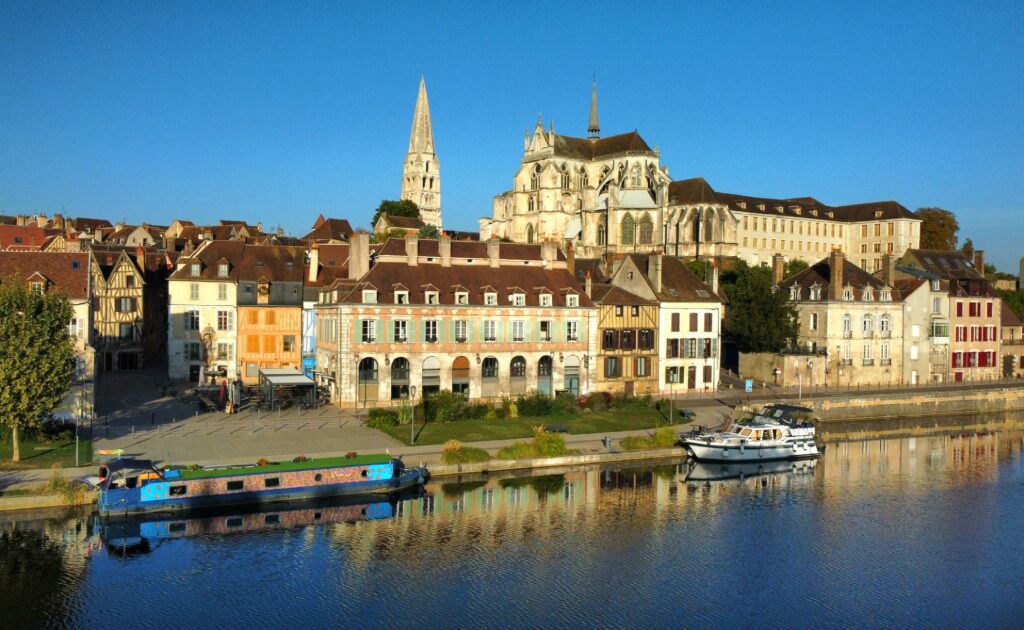

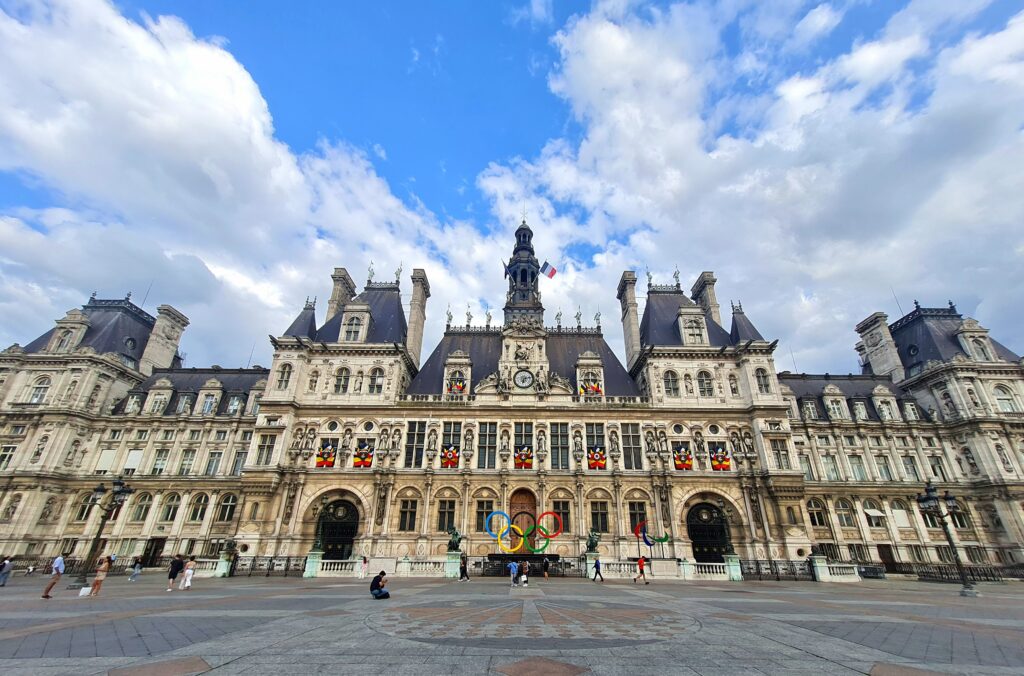
We still had a few months in our cruising season, yet we decided that Auxerre is where we would meet several guests arriving over this time. The city has so many historic sites, it is perfect to show visitors. Auxerre also become our launching pad to explore the celebrated nearby wine regions of Chablis and Irancy. But I am going to make you wait for those stories until the next blog.
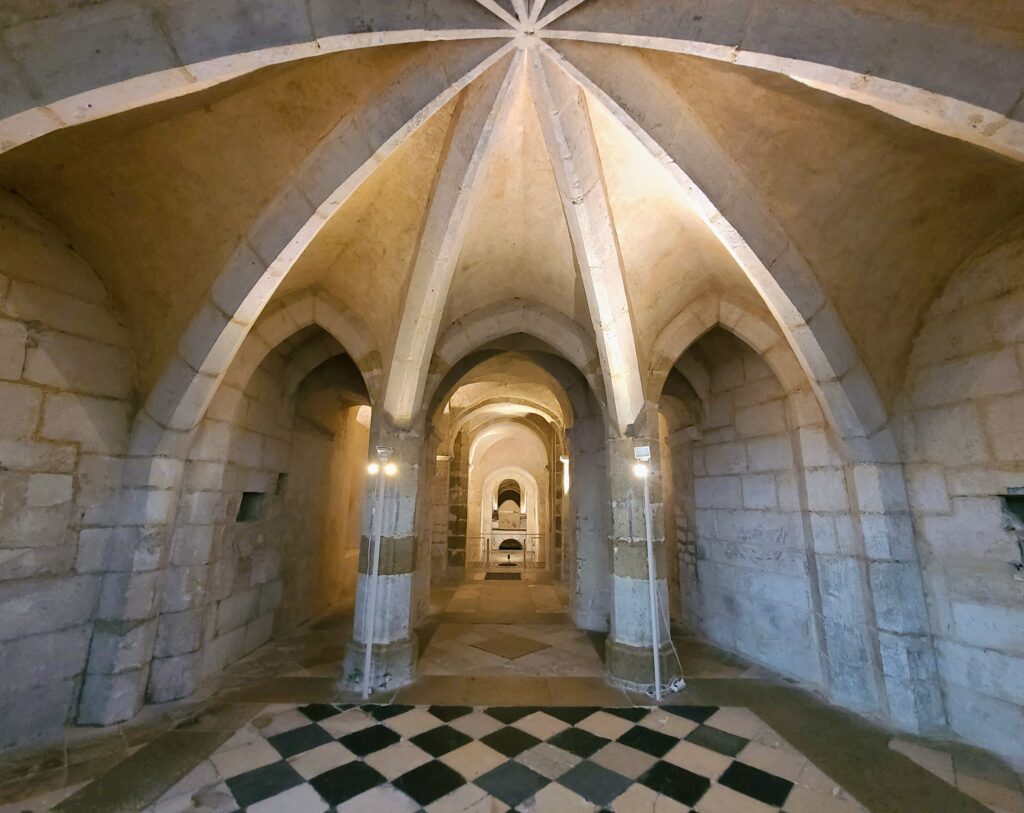
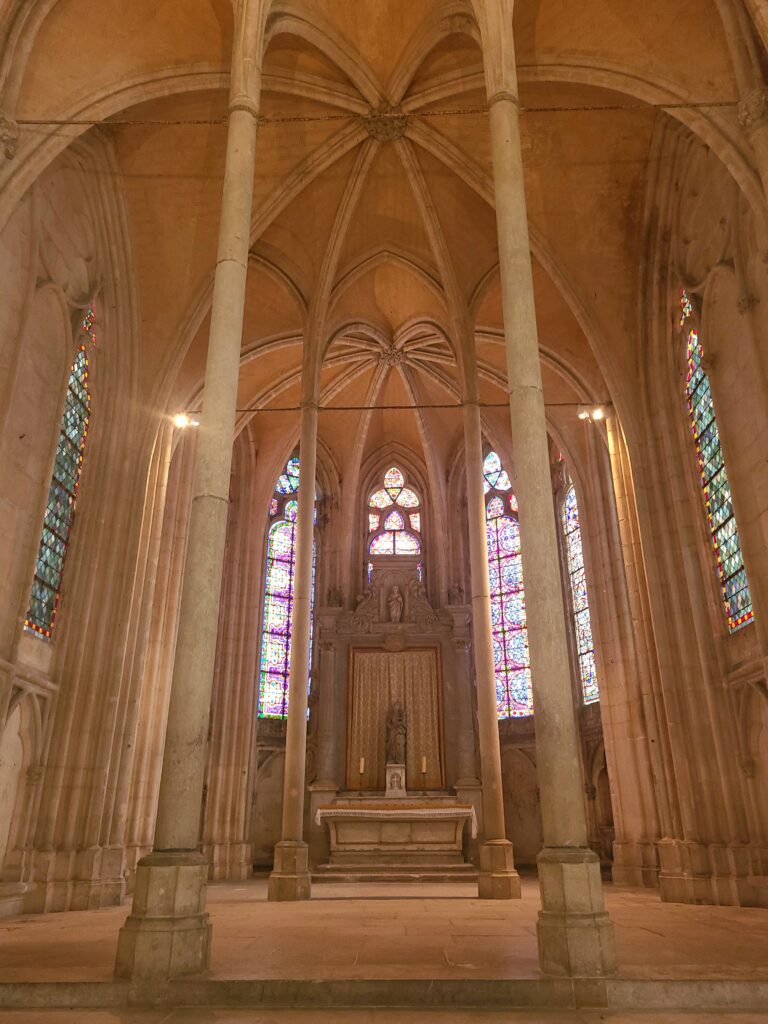


Amazing! I love reading about your adventures!
Thank you, Jennifer. Let us know if you are ever nearby.
Excellent writing! At 1st I thought “wow, this is a long one”. Then I was sad that it ended.
And those pics and videos are super!🤟🫂
Thanks, Mom. That’s a wonderful compliment. More coming soon…